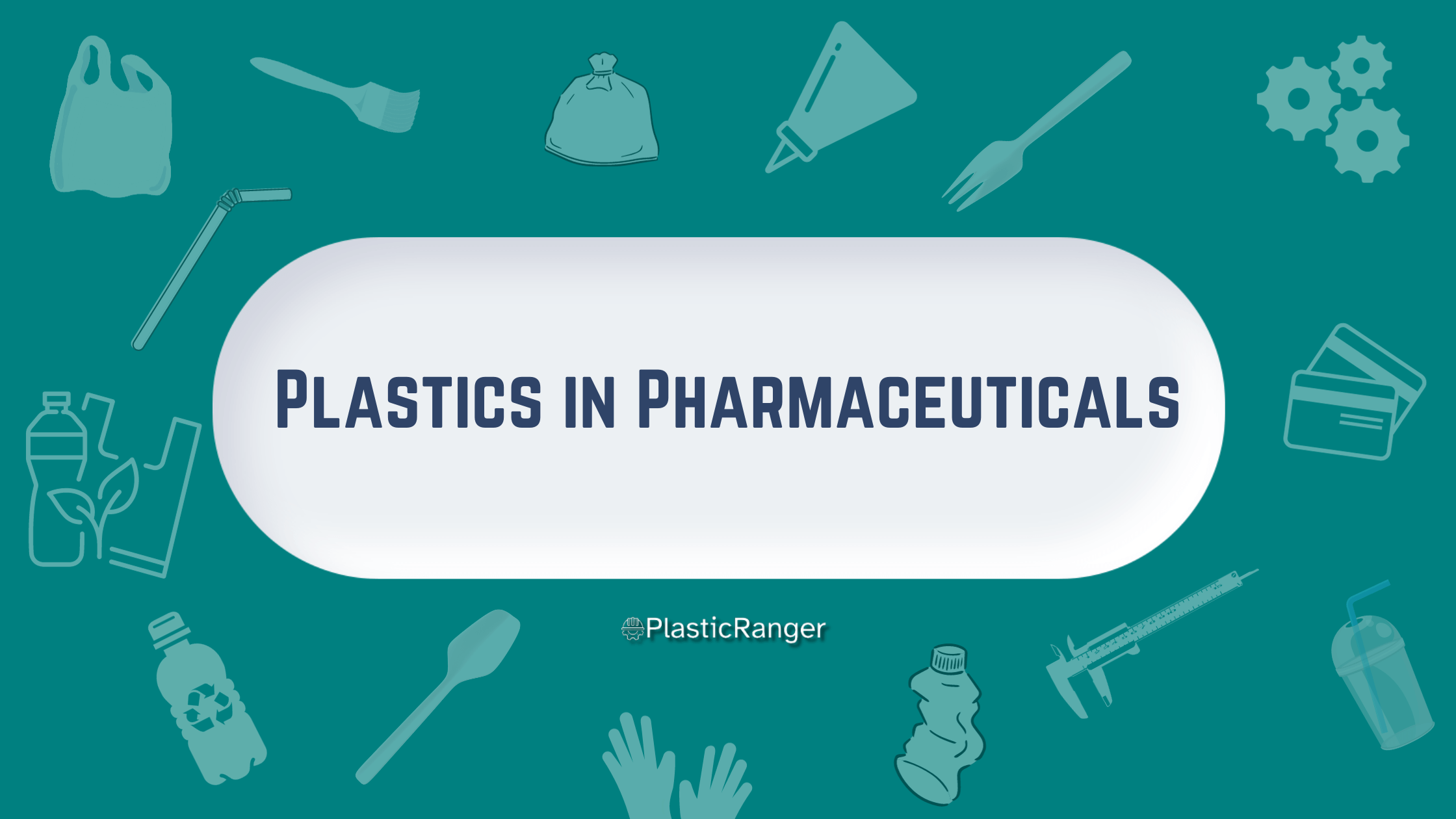A Comprehensive Guide on Plastics Used in Pharmaceuticals
The pharmaceutical industry uses plastics in various forms due to their versatile nature. These polymers provide protection against contaminants, prolong shelf life, and ensure the safe delivery of medications. This guide delves into the critical aspects of a plastic material in pharmaceuticals.
Introduction to Plastics in Pharmaceuticals
Plastics have revolutionized the pharmaceutical industry due to their durability, versatility, and cost-effectiveness. They are pivotal in packaging, drug delivery systems, and medical devices.
Types of Plastics Used
Polyvinyl Chloride (PVC): Predominantly used for blister packaging because of its flexibility and chemical resistance.
Polyethylene (PE): Found in bottles, caps, and closures. Polyethylene is known for its moisture resistance.
Polypropylene (PP): Used in syringes, vials, and intravenous bags. Polypropylene is lightweight and can resist high temperatures.
Polystyrene (PS): Often used in test tubes and Petri dishes, polystyrene is known for its clarity and rigidity.
Polycarbonate (PC): Common in lenses and some drug containers because of its impact resistance and optical clarity.
Advantages of Using Plastics
Barrier Protection: Plastics such as polycarbonate provide an excellent barrier against moisture, gases, and contaminants, ensuring the drug’s efficacy.
Flexibility in Design: Customization for different drug types, dosages, and delivery methods.
Durability: Plastics resist breakage, reducing the chances of contamination.
Cost-Effectiveness: Large-scale production and material efficiency lead to reduced costs.
Drug Delivery Systems
Plastics have enabled the creation of innovative drug delivery mechanisms, such as:
Controlled Release Systems: Polymer matrices ensure the gradual release of drugs over time.
Nanoparticles: Polymer-based nanoparticles improve drug solubility and delivery.
Transdermal Patches: Flexible patches made of plastic materials allow direct skin absorption.
Plastics in Medical Devices
Plastics have found applications in various medical devices, from IV components to surgical tools. Their biocompatibility, stabilizability, and lightweight nature make them ideal.
Considerations for Selection
When choosing plastic for pharmaceutical applications, it’s vital to consider the following:
Chemical Compatibility: The plastic should not react with the drug.
Barrier Properties: Evaluate the plastic’s moisture, oxygen, and UV light resistance.
Biocompatibility: Ensure that the plastic does not elicit any immune response when in contact with the body.
Regulatory Compliance: Adherence to FDA and other international standards.
Environmental Concerns and Sustainability
While plastics offer several advantages due to their excellent general properties, environmental concerns arise due to their non-biodegradable nature. Pharmaceutical companies are increasingly researching and adopting sustainable practices, like:
Recyclable Packaging: Encouraging the use of recyclable materials.
Bio-based Plastics: Made from renewable resources like corn or sugarcane materials like PLA plastic.
Reduced Packaging: Minimizing unnecessary packaging components to reduce waste.
Future Trends
With technological advancements, the role of plastics in pharmaceuticals is bound to evolve. Future trends include:
Smart Packaging: With embedded sensors for monitoring drug conditions or patient compliance.
3D Printing: Customizable drug dosages and delivery mechanisms using polymer-based 3D printing.
Advanced Biopolymers: Biodegradable polymers with advanced drug delivery capabilities.
Conclusion
The integration of plastics in the pharmaceutical sector is a testament to their unmatched benefits, from packaging to drug delivery. However, with environmental concerns at the forefront, the industry must pursue sustainable solutions while ensuring patient safety and drug efficacy.
Quick Navigation

